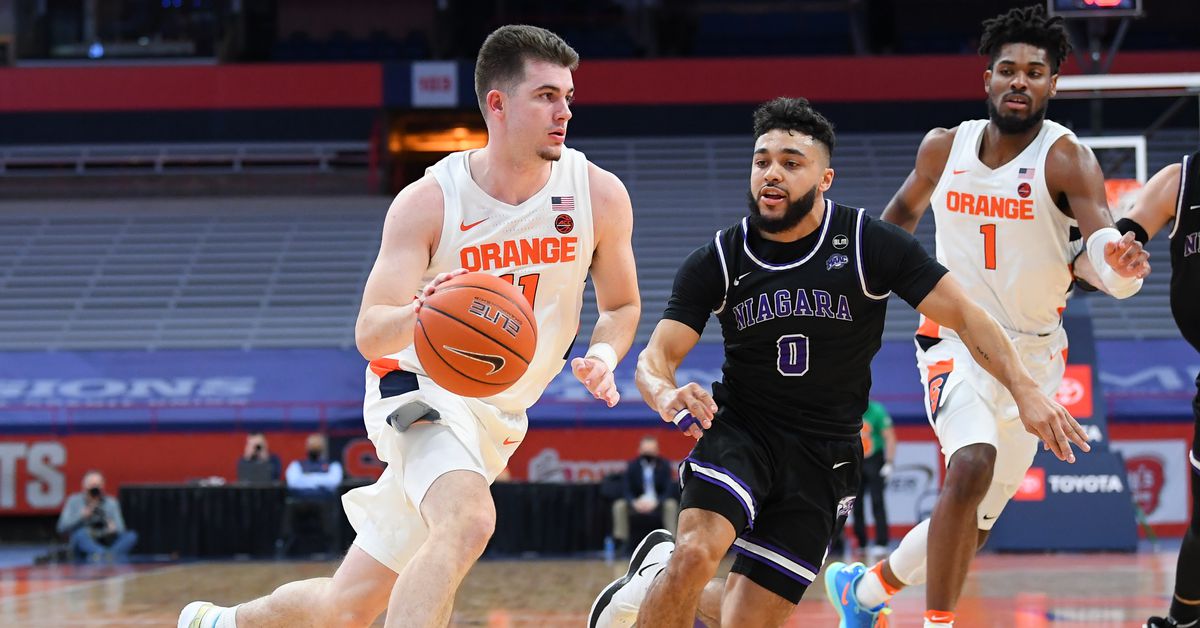Home »
Misc »
How to get noticed by basketball recruiters
How to get noticed by basketball recruiters
Top 10 ways high school basketball players can get noticed by college coaches
Wednesday’s kickoff to early-signing period came and went for most senior basketball players like any other day. But if you’re part of the majority who won’t sign on the dotted line, fear not – there’s still plenty of time to get noticed and earn your spot on a college team. Here’s how:
10. Take the initiative
Rutgers men’s basketball coach Mike Rice puts it best: “If you aren’t being recruited at a high level, you have to be aggressive.” That’s not an invitation to start banging on the doors of college coaches. It’s a reminder that if you aren’t receiving anything in the mail, it’s up to you to attract attention. College coaches aren’t going to come looking for you. You have to go to them.
9. Get your name out there
That doesn’t mean blowing up Twitter and Facebook with how great you think you are. It means emailing college coaches and explaining why you’re interested in playing for their teams.![]() You won’t get an immediate response from most coaches – especially top D-I programs – but if you keep emailing different coaches, you’ll increase your odds of getting a look.
You won’t get an immediate response from most coaches – especially top D-I programs – but if you keep emailing different coaches, you’ll increase your odds of getting a look.
8. Send out emails the right way
Every email to a college coach should be a personal message to them, not generic copy that you send to every coach. College coaches scan emails for a few seconds before making their verdict. If it’s sloppy or looks like a copy-paste job, coaches will delete it. But if it’s clean, personalized, concise and contains all the information they’re looking for – academic profile, athletic profile, highlight tape – they’ll read on.
7. Make a high-quality highlight video
Most college coaches get more than 100 highlight tapes per day, so you want yours to stand out. Put athletic, eye-popping highlights at the beginning of your video and follow with game tape. Make sure both the video and your opponent are high quality – coaches only want to see you play against the best, and they’re not going to watch grainy film.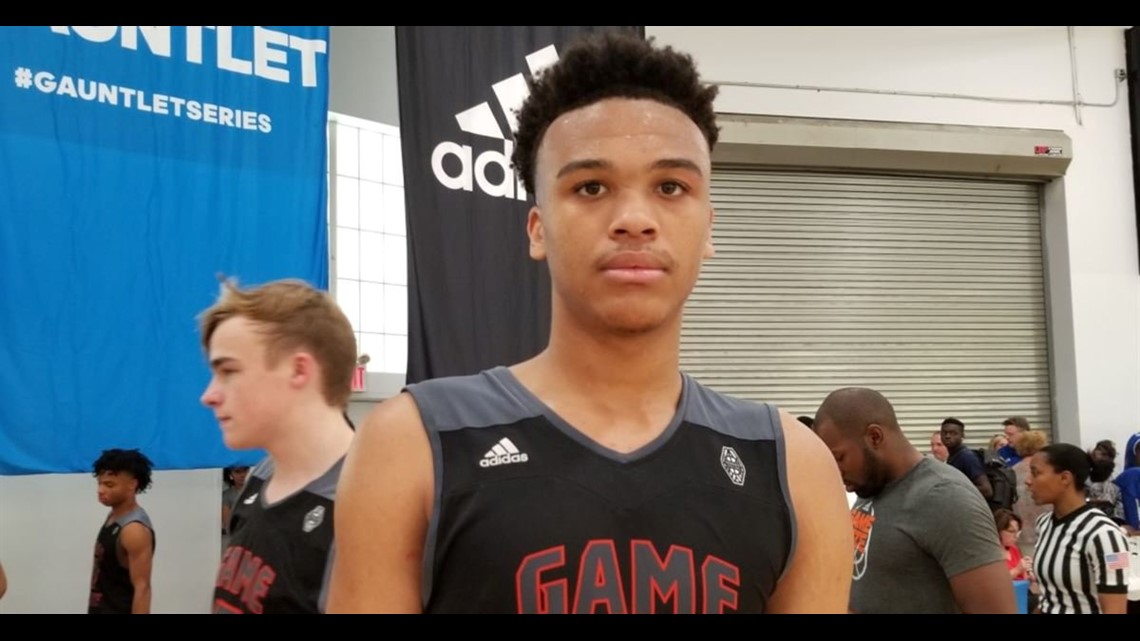 Another tip is to put the video on YouTube and send a link. College coaches prefer video links to DVD’s.
Another tip is to put the video on YouTube and send a link. College coaches prefer video links to DVD’s.
6. Show you’re a team player
Basketball is the ultimate team game, and college coaches are always looking for team-first players. Players who work hard on both sides of the ball never take plays off and are always involved in the success of their teams. It also helps when you can show your versatility because coaches can see you evolve into multiple positions in college.
5. Get your coaches involved
College coaches won’t turn their back on a personal email from you, but they’ll pay more attention if they hear from your high school or AAU coach. “It’s always impressive when a high school or AAU coach contacts us,” Duke coach Mike Krzyzewski said. College coaches trust other coaches to give their honest opinion. So make sure you have a good relationship with your coach and ask for their help in the process.
4.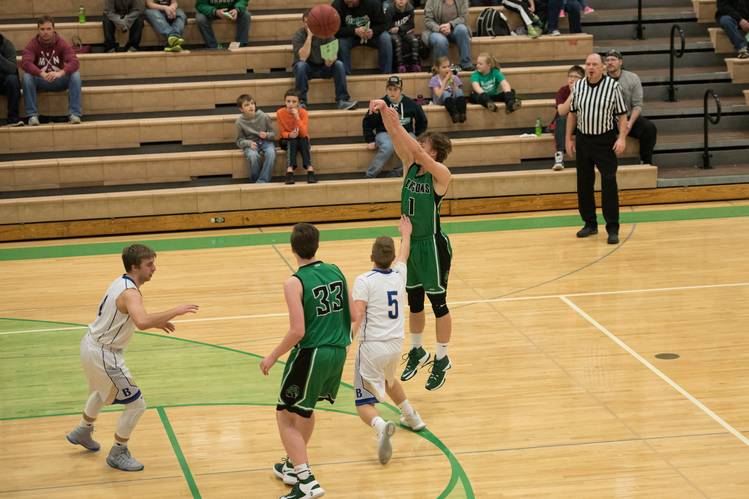 Look for realistic options
Look for realistic options
Many high school athletes think playing college sports is Division I or bust. In reality, more kids will play for D-II and D-III schools than D-I. Denver University’s Bill Tierney may be a Hall of Fame lacrosse coach, but his words ring true in basketball as well: “If you’re getting interest from a lot of D-III schools and you’re writing a lot of D-I schools but not hearing back, you’re a D-III player,” he said. And there’s absolutely nothing wrong with that. But you need to be honest with yourself.
3. Don’t be afraid of junior colleges
Junior colleges get a bad rap for some reason, but there’s nothing wrong with playing at a JUCO. In fact, that could be the right move. You can get exposure, get your grades up and earn credits that can transfer to a four-year school. Many JUCO players are there for a year, then sign to a bigger program.
2. Just win, baby
Winning attracts attention – it’s as simple as that.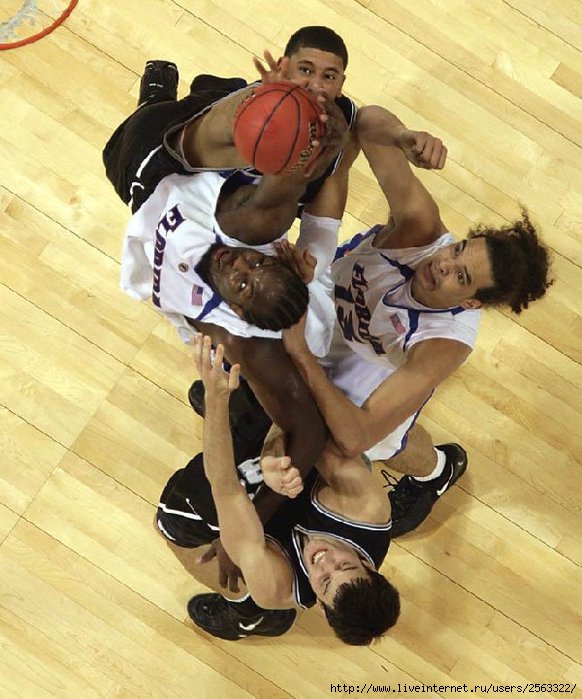 Or as Scott Davenport, head coach of 2011 Division II men’s basketball champion Bellarmine, said, “When you win, opportunity will chase you down.” That’s because the farther you go in tournaments and the better the competition gets, the more college coaches will be watching. Plus, college coaches like winners.
Or as Scott Davenport, head coach of 2011 Division II men’s basketball champion Bellarmine, said, “When you win, opportunity will chase you down.” That’s because the farther you go in tournaments and the better the competition gets, the more college coaches will be watching. Plus, college coaches like winners.
1. Be persistent
It may seem like getting recruited is a futile process when your emails don’t get returned, your highlight videos don’t get watched and your coaches don’t hear anything. But keeping up your efforts and remaining persistent and positive are traits college coaches like. Your ability to display those might help get you noticed.
How to Get Recruited for College Basketball
Playing college basketball is the dream for thousands of student-athletes across the country. But many families are often unsure of how to go about getting recruited by coaches. To be successful, recruits need to research their best college fit and actively market themselves to these coaches by creating an online profile and highlight video that showcases their athletic ability and leadership qualities.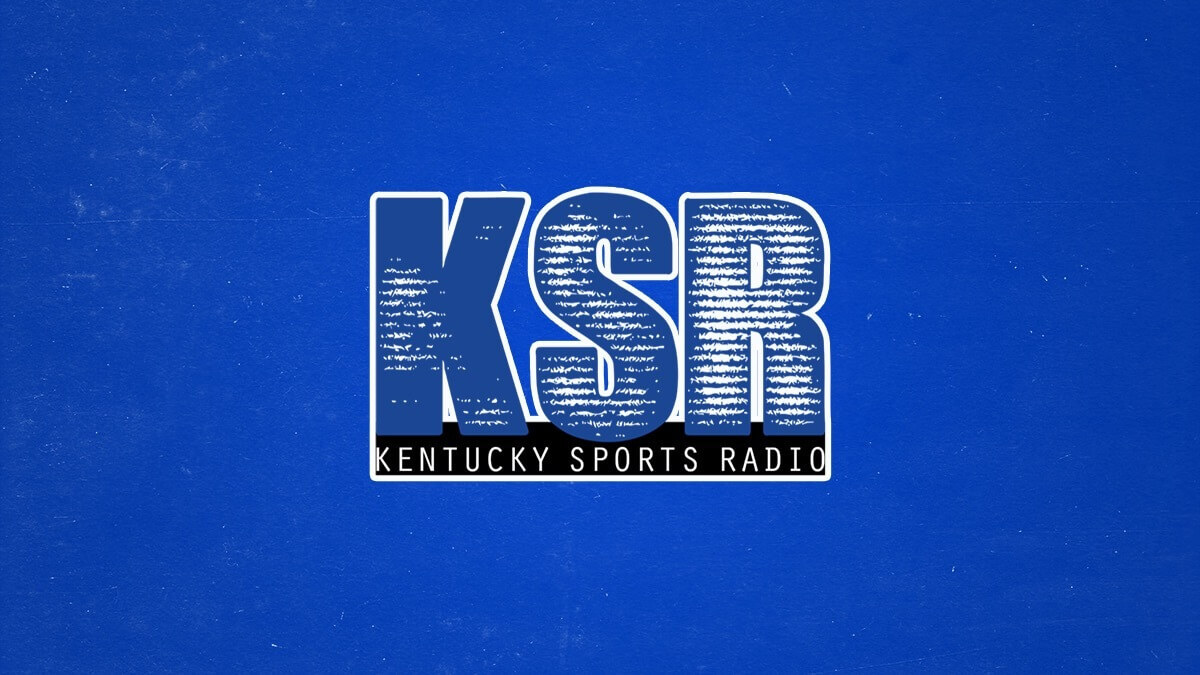 This section will answer the most common questions families have on how to get recruited for college basketball.
This section will answer the most common questions families have on how to get recruited for college basketball.
Quick Links
How does college basketball recruiting work?
How to get recruited to play college basketball
Men’s basketball recruiting timeline
What do college basketball scouts look for in recruits?
What percentage of high school basketball players play in college?
How important is club basketball?
How to join a AAU basketball team: how does AAU basketball work?
What to know about college basketball walk ons
What is a preferred walk on in college basketball?
Do college basketball teams have tryouts?
How to prepare for basketball tryouts: What coaches look for in basketball tryouts
How tall are men’s college basketball players?
Attend basketball recruiting camps
What does redshirt mean in college basketball?
Learn how to make a college recruiting video for basketball
Research schools and create your target list
Contact coaches on your target list
How your high school coach can help you in your recruiting process
How does college basketball recruiting work?
Basketball recruits who are successful in their recruiting journey do the leg work: they build a list of realistic schools, create an online profile and highlight film, contact college coaches and compete in front of coaches at tournaments and camps. From a coach’s perspective, here’s a quick overview of how they find student-athletes:
From a coach’s perspective, here’s a quick overview of how they find student-athletes:
- Identify potential recruits. At any point in high school, coaches can send general materials, such as recruiting questionnaires, to student-athletes, and they usually send them out to a large number of freshmen and sophomores to gauge their interest in the program. Respond promptly to these materials.
- Second, in-depth evaluations. At this point, coaches focus on ranking their prospects and narrowing down their list. This is the stage where most families think the recruiting process begins. However, athletes who’ve made it this far have already passed an initial evaluation and shown some interest in the school. Tournaments, camps and highlight film are the most common ways coaches evaluate basketball prospects.
- Verbal offers and visits. After coaches have their list of ranked prospects, they extend offers and lock down verbal commitments.
 Many recruits who are being seriously recruited will partake in unofficial and official visits during their junior and senior years.
Many recruits who are being seriously recruited will partake in unofficial and official visits during their junior and senior years.
Related Articles
- What are my chances of being part of Illinois basketball recruiting?
- Basketball College: Offering Scholarships and On-Court Glory
- How are NCAA basketball teams organized?
How to get recruited to play men’s college basketball
Recruiting isn’t a linear, clear-cut process. You could be nearing the end of your conversations with one coach, while simultaneously just beginning with another. But knowing what steps you can take to create a communication strategy and market yourself will help you secure a scholarship offer.
- Research and build a target list. Student-athletes should visit college rosters and look at the players in their position (are they seniors who are graduating?), athletic stats (how do they measure up?) and backgrounds (does the coach recruit from a particular region or tournament?).
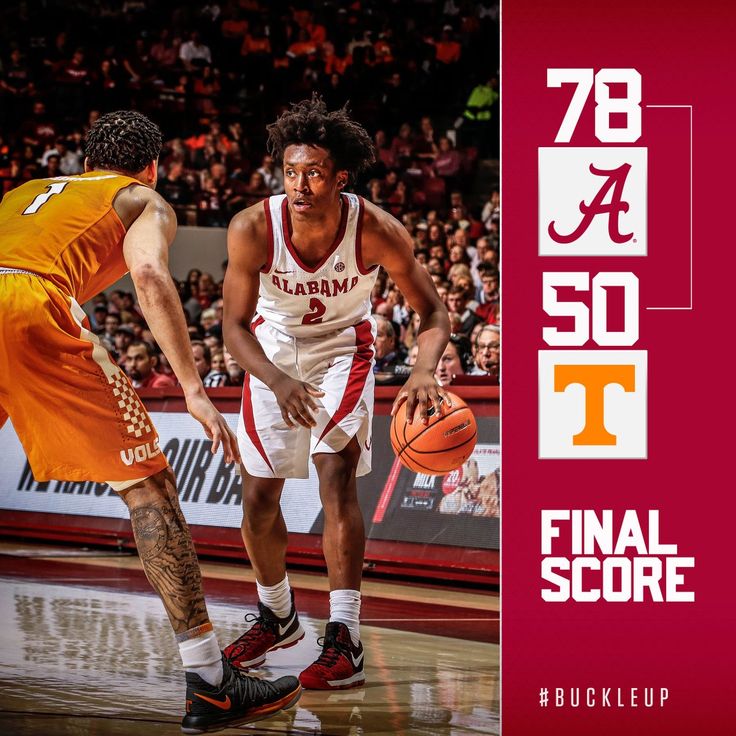
- Compete at the highest level possible: To accurately assess a recruit’s ability to compete in college, coaches want to see them play against high-ranked athletes.
- Compete in the summer during live periods: Scheduling conflicts make it difficult for college coaches to watch recruits play in-person during the regular season. So, they turn to live periods. These stretches in the offseason allow college basketball scouts and coaches to hit the road and scout several players at once. Attend elite or exposure camps as well.
- Excel academically. The NCAA Eligibility Center determines the academic eligibility and amateur status for all NCAA Division 1 and Division 2 athletes. Understand the requirements to stay on track.
- Create a highlight film. The best way to secure an in-depth and in-person evaluation is by sending coaches a highlight video and a full game film. It’s a quick way to show a snapshot of the recruit’s skill set.
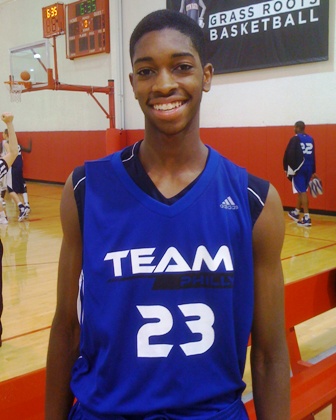
- Be proactive. Start by sending an introductory email that includes your online profile, highlight video, academic information, outstanding athletic achievements and personal interest in the program. Then follow up with a phone call.
Men’s basketball recruiting timeline broken down by year in school
Here is a general guideline you can follow year-by-year to ensure your family is on track.
Freshman year
- Fill out questionnaires online and respond to coach materials. College coaches can send recruits general materials, such as questionnaires, camp information, non-athletic information about the school and materials published by the NCAA at any time.
- Meet with your guidance counselor and set academic goals for the year to keep your academic eligibility on track.
- Research colleges from all division levels.
- Create an online profile and if you have varsity or high-level competitive film, post your highlight video.
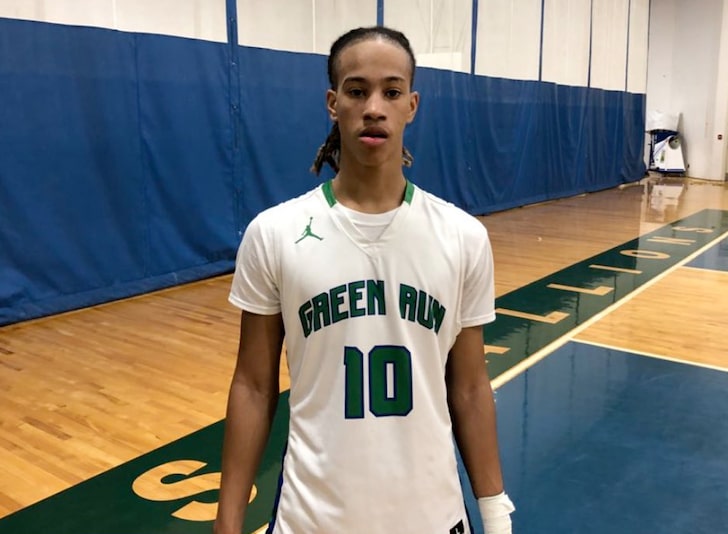
- Be proactive and call Division 1 and Division 2 coaches or athletics staff and talk to them on the phone.
Sophomore year
- Post your highlight video to your online profile, if you haven’t already.
- Aug. 1—Recruits can begin taking unofficial visits to Division 1 schools.
- Check that your sophomore year classes meet NCAA academic eligibility standards and register for the NCAA Eligibility Center.
- Send introductory emails to college coaches at your target colleges, if you haven’t already. And follow up with a phone call.
- NCAA Division 1 and Division 2— Student-athletes can receive personal contact and recruiting materials starting June 15 after their sophomore year. Coaches can call athletes, send text messages, direct messages and emails, as well as make verbal offers. Top Division 1 and Division 2 athletes are getting offers from college coaches at this time. Most Division 1 rosters are finalized before the start of junior year.
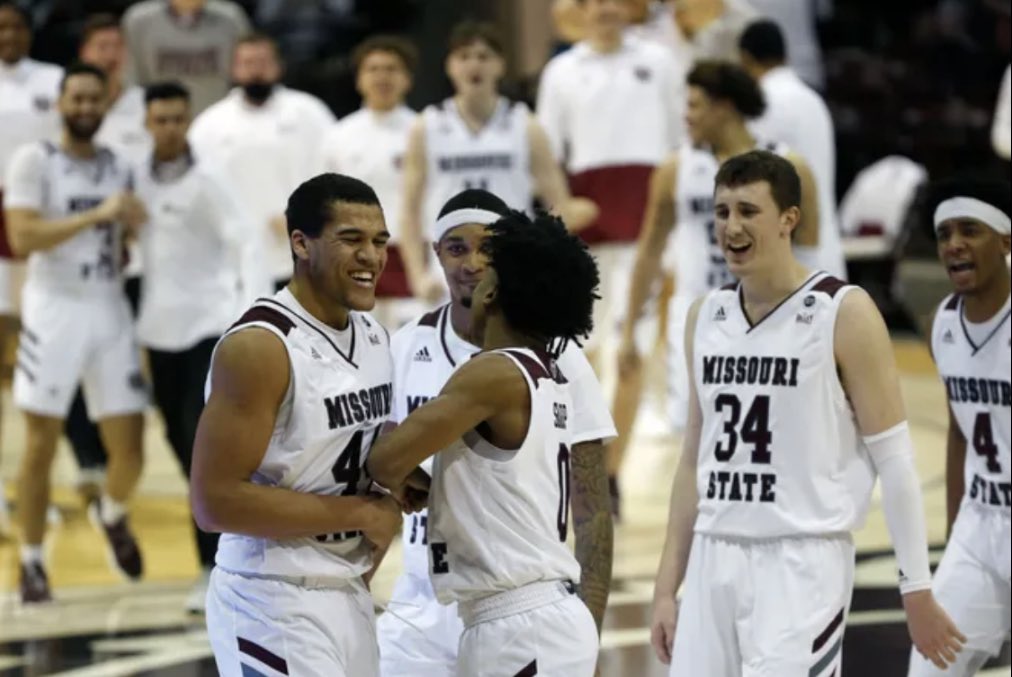
- NCAA Division 3—Off-campus contact is allowed after sophomore year.
Junior year
- Take the ACT or SAT and submit your scores to the NCAA Eligibility Center. Upload your transcript to the Eligibility Center as well.
- Update your highlight video.
- NCAA Division 1—Off-campus contact is allowed beginning your opening day of classes.
- NCAA Division 1—Official Visits are allowed Aug. 1 of your junior year through completion of junior year (5 total visits).
- NCAA Division 3—Official visits allowed starting Jan. 1 of junior year.
- Offers continue to roll in for Division 2 prospects, as well as Division 3 and NAIA athletes.
- If you’re not getting interest from coaches at the schools you’ve been contacting, take a new look at your college list and find new opportunities.
Senior year
- Update your highlight video.
- NCAA Division 1—Recruits can take an additional five official visits during their senior year.
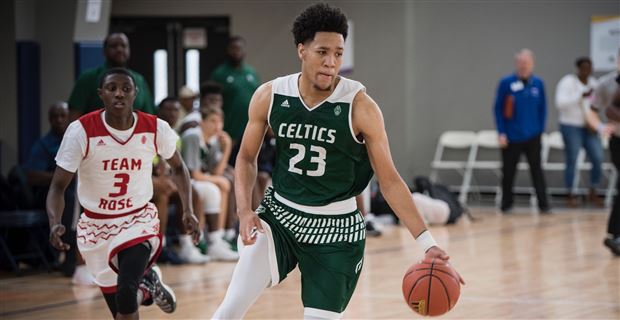 They may re-visit a school from a junior year official visit.
They may re-visit a school from a junior year official visit. - Nov. 13-20—Early signing period for NCAA Division 1 and Division 2 schools begins.
- Nov. 1—NJCAA Signing Date.
- Apply for the FAFSA on Oct. 1.
- Register with the NAIA Eligibility Center.
- Request final amateurism certification beginning April 1 in NCAA Eligibility Center account.
- April 15-May 20—Regular signing period occurs for Division 1 and Division 2.
- Division 3 and NAIA teams are finalizing their rosters during senior year. JUCO programs are also recruiting student-athletes at this time. Consider these schools if you haven’t secured a roster spot yet.
What do college basketball scouts look for in recruits?
College coaches consider a few factors when determining an athlete’s ability.
- Physical characteristics—height and body frame, athleticism and strength. In NCAA Division 1 men’s basketball, the average height of a college basketball player was just under 6’5” and the most common height listed was 6’7”.
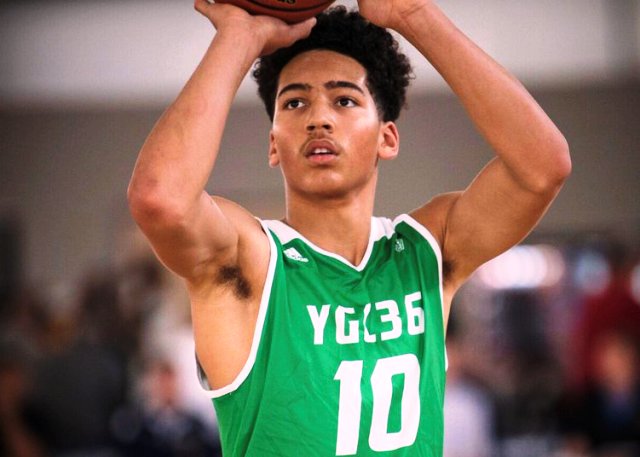
- Technical skills. Coaches want to recruit student-athletes who have mastered the fundamentals.
- Basketball IQ. Can the student-athlete process information in real time during a game and make the right decisions?
- Academics. College coaches look for recruits who excel in the classroom. They know that student-athletes with a solid GPA and test scores will more likely be admitted into their university and have an easier college transition. Plus, a good GPA also tells coaches that the recruit is responsible and disciplined—traits they highly value.
Of course, what coaches look for also depends on their program’s specific needs. Connecting with a college coach is the best way to understand what kind of recruit they need. Another quick way is to visit the team’s website and analyze their roster.
What percentage of high school basketball players play in college?
There are 551,373 high school men’s basketball players.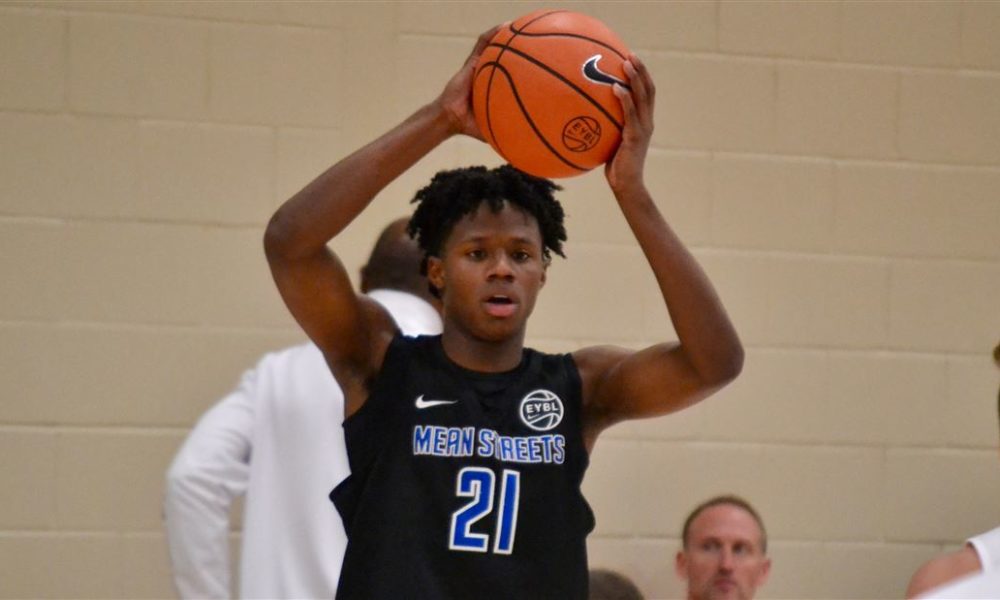 Of that number, 18,540 —or 3.4 percent—go on to compete in the NCAA and less than one percent move on to the NAIA. Just less than one percent compete in NCAA Division 1 where there are 353 teams; one percent compete at the NCAA Division 2 level, which has 313 programs; and 1.4 percent compete at NCAA Division 3 with 109 teams. There are 430 JUCO programs rostering 6,352 basketball players.
Of that number, 18,540 —or 3.4 percent—go on to compete in the NCAA and less than one percent move on to the NAIA. Just less than one percent compete in NCAA Division 1 where there are 353 teams; one percent compete at the NCAA Division 2 level, which has 313 programs; and 1.4 percent compete at NCAA Division 3 with 109 teams. There are 430 JUCO programs rostering 6,352 basketball players.
How important is club basketball in the college basketball recruiting process?
AAU, which stands for the Amateur Athletic Union, can be a valuable tool in gaining exposure to college coaches. It allows recruits to compete against top tier athletes and offers coaches an extended look into their abilities. Elite Division 1 basketball players are often recognized in middle school through their AAU experience. But even though AAU provides several competitive opportunities, it isn’t a requirement to obtain a college basketball scholarship. Several prospects have foregone the AAU circuit and moved on to successful college and professional careers.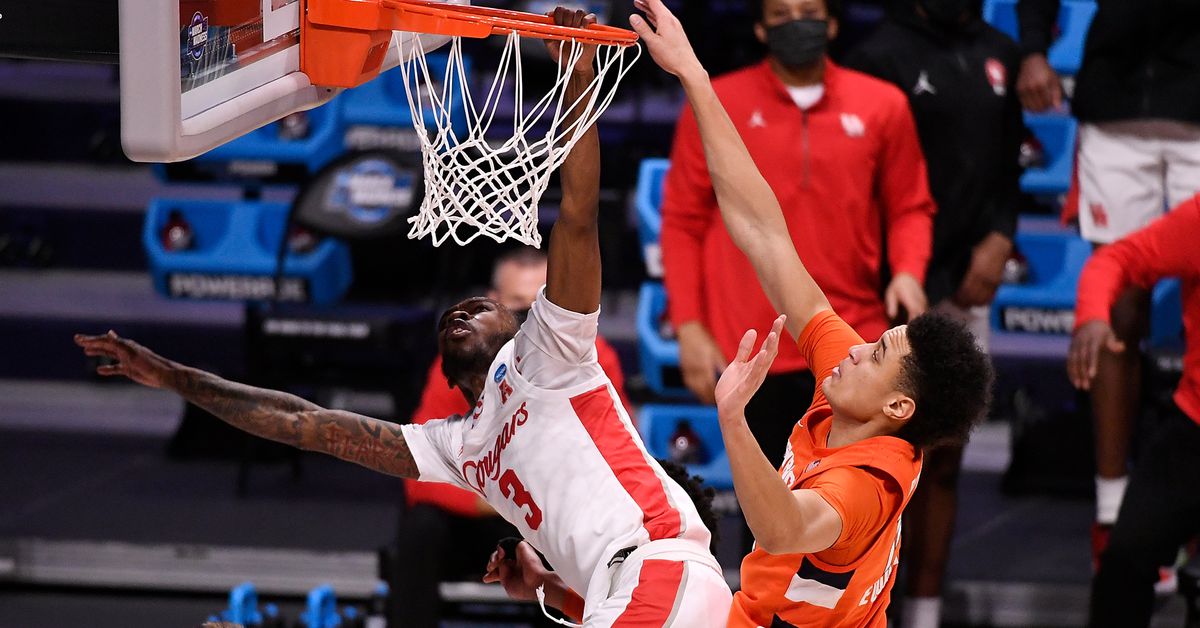
How to join a AAU basketball team. How does AAU basketball work?
AAU is a youth sports organization and stands for the Amateur Athletic Union. Athletes form independent teams and compete in AAU tournaments against other teams. Teams are assigned based on geography. To find out which district you belong to and which team is best for you, you can visit the AAU website.
Many athletes value AAU as it provides an opportunity to compete against top-level talent that you typically wouldn’t find by solely playing locally. There are various levels of competition within AAU and as players develop and get better, they’ll switch to a higher competitive team. As a result, many AAU tournaments, especially NCAA-certified tournaments, often attract scouts, giving athletes a chance to play in front of college coaches. However, participating in these events can be costly. The AAU membership fee is $14 per year, but families can end up paying $400 to $4,000 dollars per year depending on how many tournaments they travel to. Many programs, however, offer financial assistance to help cut the high price tag associated with AAU.
Many programs, however, offer financial assistance to help cut the high price tag associated with AAU.
Do college coaches recruit at AAU or high school games? The answer is, both. But joining an AAU program and competing during the off-season gives recruits the advantage to be seen by college scouts year round. It can be difficult for college coaches to attend many high school games during the regular season because of their competing schedules. AAU tournaments provide college coaches the opportunity to evaluate many recruits at one time.
To get a membership or start a club, you can visit AAU’s website.
What to know about college basketball walk ons and how to walk onto a college basketball team
The first thing you should know about becoming a college basketball walk-on is that it is rare. Basketball rosters are not that big—there’s an average of 17 players per team across the divisions. Coaches aren’t going to give up spots to walk-ons if they don’t have to.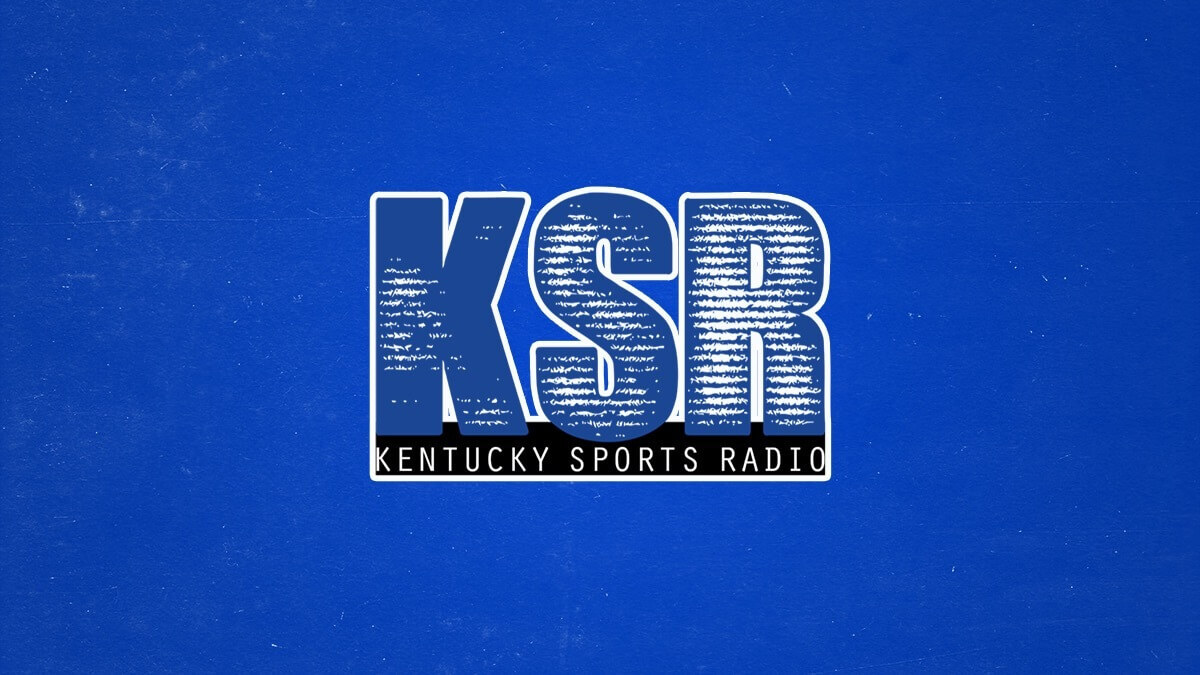 Some student-athletes, though, are recruited as a preferred walk-on. These athletes go through the recruiting process and are offered a roster spot, but they don’t receive any athletic aid as the coach doesn’t have any scholarship opportunities available.
Some student-athletes, though, are recruited as a preferred walk-on. These athletes go through the recruiting process and are offered a roster spot, but they don’t receive any athletic aid as the coach doesn’t have any scholarship opportunities available.
Student-athletes have a better chance of walking on to a college team as a preferred walk-on compared to going to a tryout and making the team. Preferred walk-ons take all the necessary steps in the recruiting process to capture a coach’s attention: they proactively contact coaches and send their online resume; they attend camps and tournaments to gain exposure; they reach out to schools that are the right academic and athletic fit for them; and they take unofficial visits to the college.
Learn more about becoming a walk-on versus getting a scholarship offer.
What is a preferred walk on in college basketball?
After college coaches have handed out all of their scholarship opportunities, they may still continue to recruit student-athletes. In this scenario, a student-athlete is guaranteed a roster spot without receiving any athletic aid. These are known as preferred walk-ons. The recruit still goes through the recruiting process and joins the team—the coach just doesn’t have an athletic scholarship available for them.
In this scenario, a student-athlete is guaranteed a roster spot without receiving any athletic aid. These are known as preferred walk-ons. The recruit still goes through the recruiting process and joins the team—the coach just doesn’t have an athletic scholarship available for them.
Being a preferred walk-on means something different depending on the division and program, though. In NCAA Division 1, walk-ons typically don’t see much playing time and are less likely to receive an athletic scholarship in subsequent years. At the NCAA Division 2 and JUCO levels, however, some walk-ons earn playing time and a scholarship going into their second season. It is best to have clear communication with the college coach to understand playing and scholarship opportunities.
Do college basketball teams have tryouts?
While NCAA Division 1 and Division 2 programs are allowed to conduct basketball tryouts, Division 3 cannot do so. Tryouts are limited to prospective student-athletes who are seniors in high school, junior college transfers or four-year transfers who have completed their basketball season.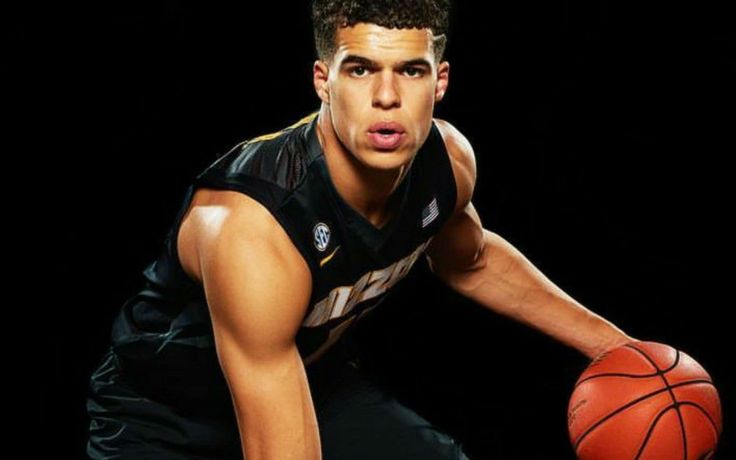 Tryout participants also must be on an official or unofficial visit to the campus.
Tryout participants also must be on an official or unofficial visit to the campus.
Typically college coaches only recruit one to two players as walk-ons. In Division 1, walk-on athletes don’t receive athletic aid and usually don’t get any playing time. Division 2 and JUCO programs more commonly give walk-ons a chance at competing for a roster spot and because these divisions offer partial scholarships, there’s also a chance to earn athletic aid after the first year.
How to prepare for basketball tryouts and what coaches look for in basketball tryouts
When making roster decisions, college coaches consider a recruit’s physical characteristics, like height and body frame, athleticism, ability to execute the fundamentals and basketball IQ, which showcases the athlete’s ability to interpret what is happening at game speed, as well as their ability to make the right decision based on instinct and experience. These players can anticipate what will happen next, making their game more automatic.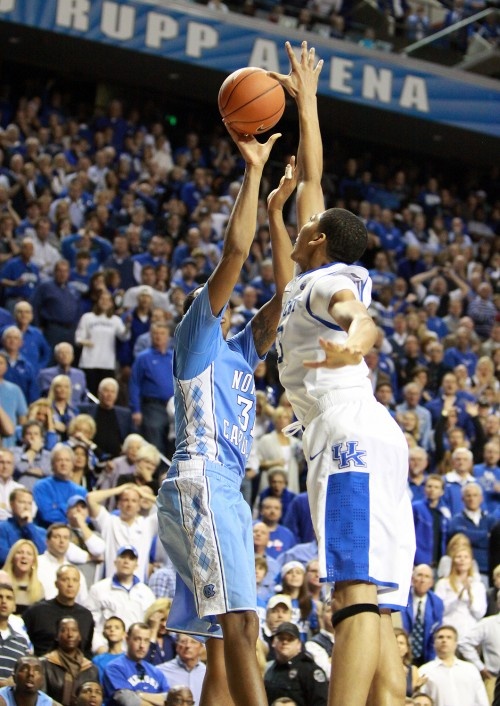
Securing a roster spot at a tryout is extremely rare. Student-athletes will improve their chances of walking on to a college team by establishing a relationship with the college coach ahead of time. Send them an introductory email with highlight film, game film, academic information, and contact information.
How tall are men’s college basketball players?
The height of men’s college basketball players vary slightly from division to division. Generally, men’s basketball players are between 5’9” and 6’9”. Keep in mind that this should be used as a helpful guideline and not something set in stone. Players who don’t fall within these ranges are recruited every year by college coaches. The best way to understand a coach’s recruiting needs is to establish a relationship with them early on and analyze their current team roster.
View the average height of men’s basketball players by position across each division level.
Attend basketball recruiting camps to get noticed by college coaches
Here are a few factors to consider when choosing the right camp:
- College basketball camps are run by the college’s basketball program.
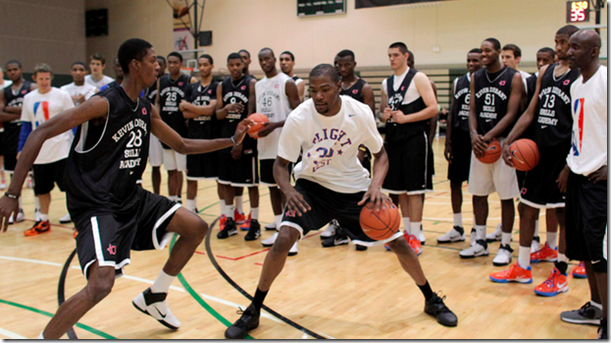 Student-athletes have an opportunity to sample campus life and compete in front of the coach.
Student-athletes have an opportunity to sample campus life and compete in front of the coach. - Basketball exposure camps are designed to evaluate players and obtain a player ranking. Although they are not tied to a specific university, many basketball exposure camps offer players an opportunity to play in front of college coaches, especially at NCAA DIII men’s basketball coaches. Many of these camps are invitation-only, so the talent level is high – and excellent for player development.
- Lastly, there is a level of “elite camps.” These are typically invitation-only events that bring together the top recruits from each graduate class to compete against each other at a national level. They’re run by college coaches on the school’s campus, so they’re a great way for athletes to get exposure to coaches.
If you want to get recruited at a college basketball camp, remember that most coaches attend events only to see players with whom they’ve already made some kind of connection.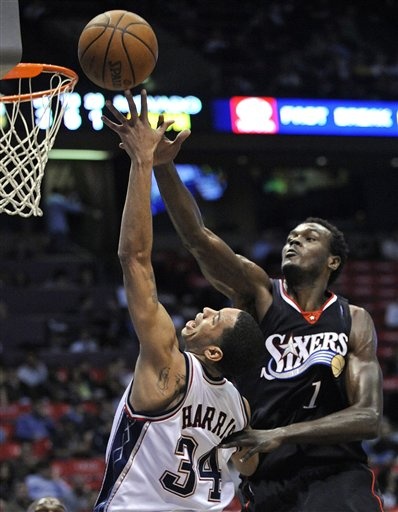
Learn more about basketball camps and search for the best camps.
What does redshirt mean in college basketball?
The term “redshirt” is used to describe a student-athlete who does not participate in outside competition for an academic year. They’re allowed to practice and train with the team, but they don’t see any playing time. By doing this, they gain an additional year of eligibility, so technically they play four seasons in five years. Some coaches offer redshirt scholarships to freshmen who don’t meet the academic eligibility requirements coming out of high school, or as a chance to physically grow and prepare to compete as a collegiate athlete. In some cases, student-athletes redshirt for a year as they recover from an injury.
Learn how to make a college recruiting video for basketball
Creating a basketball highlight video is essential to garnering coach interest. Follow these straight-forward tips to put together a video that truly stands out:
- Choose games against your best competition, such as varsity level, high-level AAU games or any nationwide tournaments.

- Focus the camera from mid-court while making sure the student-athlete is easily recognizable.
- Use a tripod to avoid a shaky camera.
- Don’t zoom in and out.
- Make sure the person filming the match isn’t cheering. If there is excessive and distracting background noise, mute the video completely. Don’t add music to the video either.
- Put a title card at the front of your basketball highlight video that includes your name and graduation year, such as “John Doe Basketball Recruiting Video Class of 2021.”
- Stack your best clips first. Typically you’ll start your video by highlighting your shooting ability.
- Focus on three or four strengths and organize your clips to highlight them. For example, if you’re an excellent three-point shooter, highlighting six straight threes is much more effective than showcasing one three-pointer, a pass, then a free throw, and then maybe another three, etc.
- Know what coaches are looking for in your position.
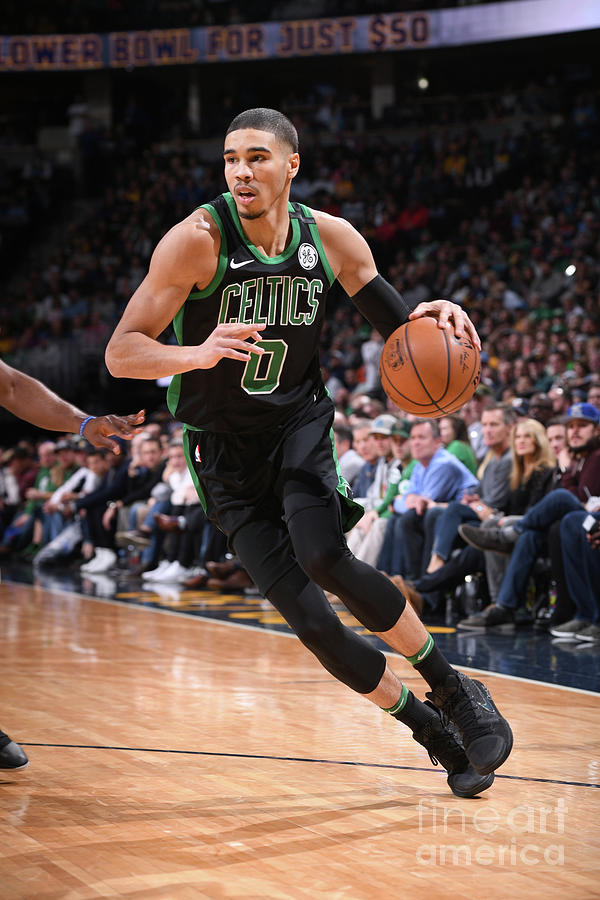 In short, post players should showcase their shooting ability, quickness, ability to finish at the rim, rebounding, shot blocking, footwork and overall basketball awareness. Perimeter players should focus on scoring ability, quickness, ability to penetrate and finish at the rim, athleticism, basketball awareness and court vision.
In short, post players should showcase their shooting ability, quickness, ability to finish at the rim, rebounding, shot blocking, footwork and overall basketball awareness. Perimeter players should focus on scoring ability, quickness, ability to penetrate and finish at the rim, athleticism, basketball awareness and court vision. - Cap your video with your best 20 to 30 clips and keep it under four minutes.
- Send college coaches your highlight video, as well as one unedited full game video. If they’re interested in a recruit after watching their highlight film, they will want to evaluate the full game next.
See the full list of tips for creating a basketball highlight video.
Research schools and create your target list
The very first step in the recruiting journey is often the one most overlooked—research. Here are the most important factors to keep in mind:
- Academics: Visit the school’s website to see the average grades and test scores.
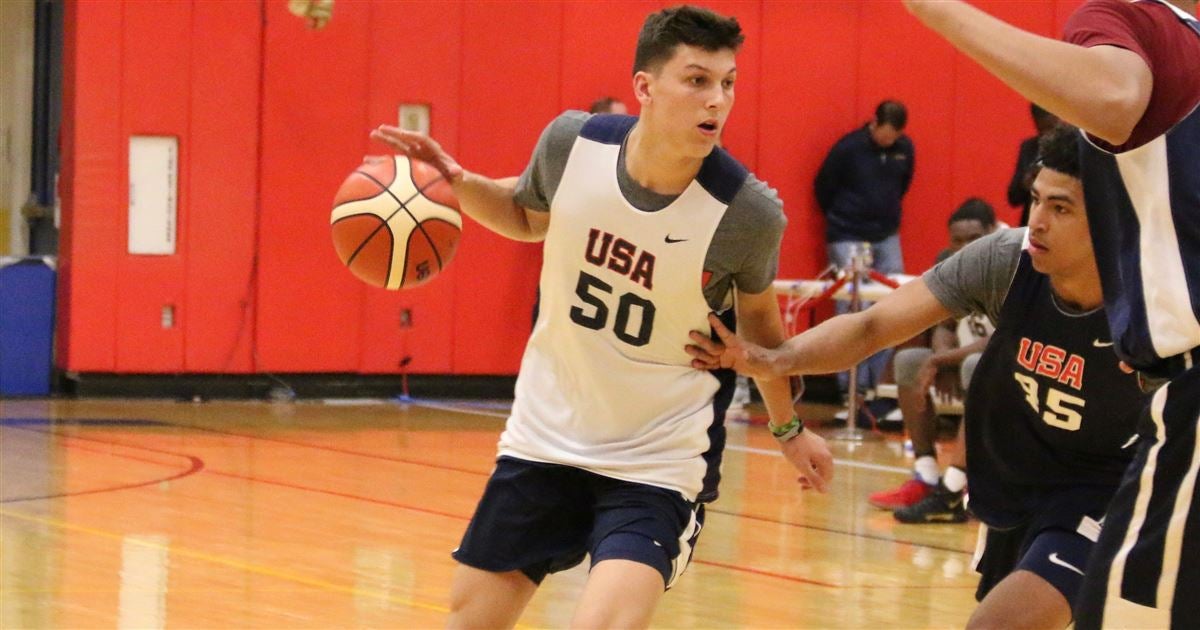 Plus, consider which majors are offered and remember to ask the coach which majors are popular among athletes on the team.
Plus, consider which majors are offered and remember to ask the coach which majors are popular among athletes on the team. - Athletics: Student-athletes can use their high school or club coach to help them assess where they can make an impact, or they can visit a team’s roster and analyze the athletes’ key stats.
- Cost: How much can your family afford and how much aid is the student-athlete eligible to receive at each school? NCAA Division 1 schools offer full ride scholarships, while Division 2, NAIA and JUCO programs offer partial scholarships. Many coaches, including NCAA Division 3, work with the admissions department to create financial packages that include need-based aid, grants, academic scholarships, work study and merit-based scholarships.
- Personal Preferences: Think about housing options, school size, social aspects, distance from home and even the weather.
As families start to find programs they’re interested in, we recommend sorting them into three categories: target schools, dream schools and safety schools.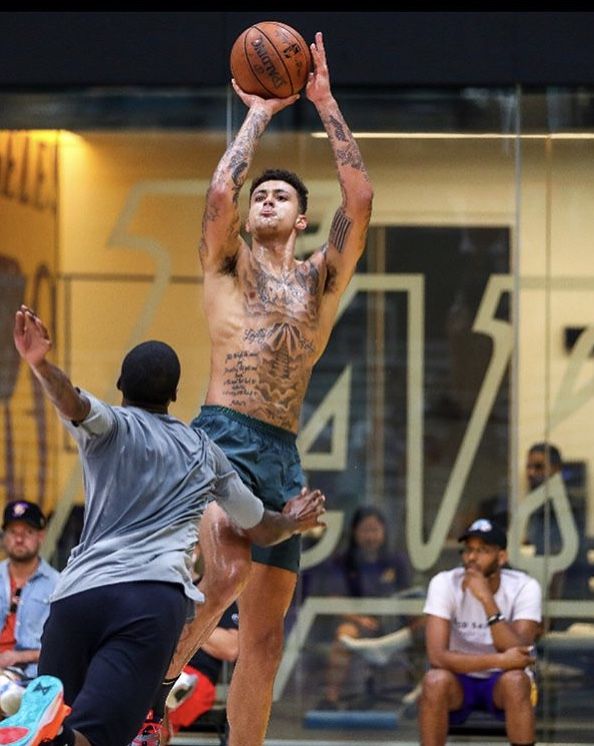 Most of the schools on a student-athlete’s list should fall into the target category.
Most of the schools on a student-athlete’s list should fall into the target category.
Get a head start on your list by viewing NCSA’s list of Best Colleges for Student-Athletes.
Contact coaches on your target list
Once a recruit has done the research and built a realistic target list of colleges, they’re ready to contact coaches. Remember—never wait for a coach to reach out. Be proactive to get on their radar. Here are a few steps to take:
- Send an introductory email: An introductory email serves two purposes—to get an initial evaluation and establish a relationship with the coach. Make sure this email includes highlight film, academic information, contact information and key stats. Student-athletes should also personalize their email and explain their interest in that specific program. Never copy and paste—it’s almost guaranteed to get skipped over.
- Tailor the subject line: Avoid generic subject lines, such as “Top basketball recruit,” and tailor the subject line to the school instead.
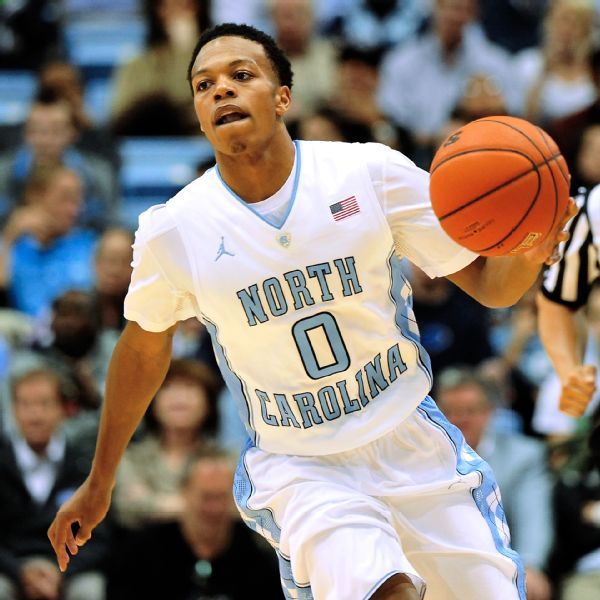 For example, a recruit might want to include their GPA and test score in the subject line for high academic colleges, while highlighting key stats or awards to Division 1 schools.
For example, a recruit might want to include their GPA and test score in the subject line for high academic colleges, while highlighting key stats or awards to Division 1 schools. - Call coaches. Basketball coaches are allowed to talk to athletes on the phone when the recruits are the ones initiating contact. In other words, if a recruit calls an NCAA Division 1 coach, the coach is allowed to talk to them. Typically, they’ll want to email them letting them know what time they plan on calling so the coach can be prepared
- Follow up. Whenever there is a noteworthy update to share, like a new ACT or SAT score or athletic achievement, email the college coach again to touch base. Because if they missed the first email (and coaches tend to be pretty busy), following up can help keep you top of mind.
See the full list of tips on contacting coaches.
How your high school coach can help you in your recruiting process
High school or club coaches are there to support student-athletes along their recruiting journey—and help them connect with college coaches.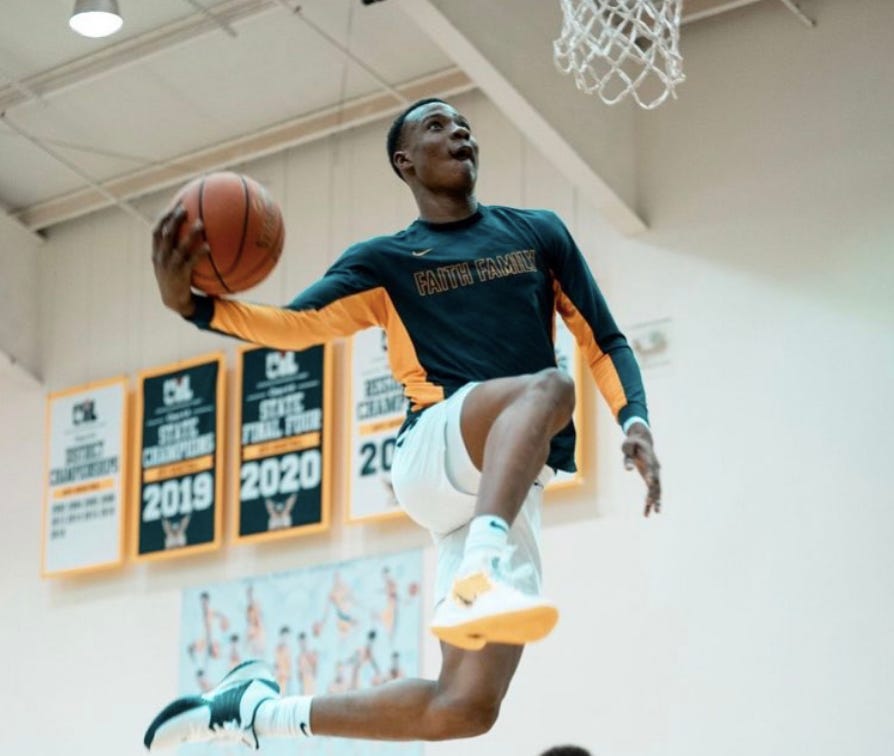 Here are a few ways:
Here are a few ways:
- Find the right college fit: Use their expertise and insight to create a college list of realistic programs. Plus, they probably have connections in the college network.
- Connect with college coaches: There’s a loophole in the NCAA basketball recruiting rules that allows student-athletes and college coaches to talk on the phone. If a student-athlete initiates the contact and calls the college coach, the coach is allowed to answer the phone and talk to the recruit. High school coaches can help facilitate this contact by acting as a liaison.
- Character reference: Men’s basketball coaches want to learn as much as they can about their top recruits, including their leadership qualities, attitude and talent. So, they call the recruit’s high school or club coach to get a better understanding of the athlete’s mental toughness, work ethic and behavior both on and off the court.
- Video help: Don’t hesitate to ask your coach for help when creating a highlight film.
 Plus, they probably have full game footage already available.
Plus, they probably have full game footage already available.
Insider tip: Despite the impact that coronavirus had on college sports, as of June 1, 2021, the NCAA resumed its regular recruiting rules and activity! Coaches are actively working to fill their rosters, so student-athletes should be proactive in reaching out to coaches. Read up on how the extra year of eligibility granted to athletes who were most affected by the pandemic in 2020 will impact future recruiting classes.
Which hobbies will add pluses to the resume, and which ones will add minuses
Most recruiters read the "Hobbies" section last - but we know how to catch their attention and what hobbies will help them choose you from many candidates.
According to surveys, the three most common reasons for instant rejection are not meeting the requirements of the employer, frequent job changes and lying on the resume.
Almost half of employers admit that they immediately close resumes with a lot of errors.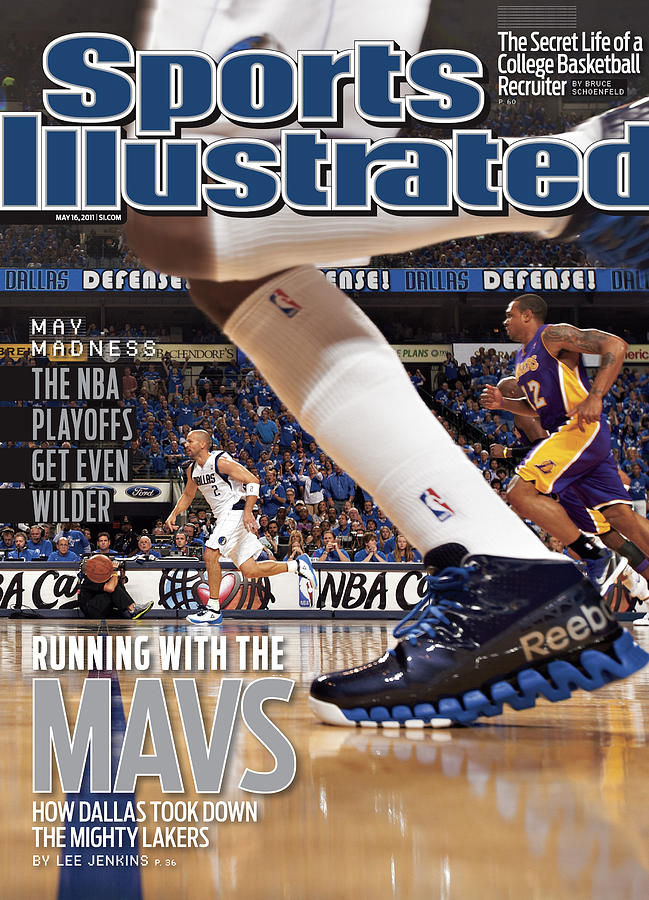
And every sixth person is dissatisfied with unnecessary information. Few people want to spend time describing work experience outside their specialty, listing school awards, or listing an applicant's hobbies.
Most recruiters advise not to include the “Hobbies” section in the resume at all. However, Western career consultants believe that some hobbies are not only possible, but should be included in the resume: they will help attract the recruiter’s attention and reveal you as a person.
Feel free to talk about hobbies in your resume if:
- Your hobbies fit into the corporate culture of the company
- Hobbies prove that you have the qualities necessary for work
Of course, not all hobbies meet these requirements. Experts have named 12 hobbies that will add pluses to your resume - and one more that can ruin everything.
Let's agree right away - write only about real hobbies. Lies will still be revealed in the interview when it comes to corporate culture and the team.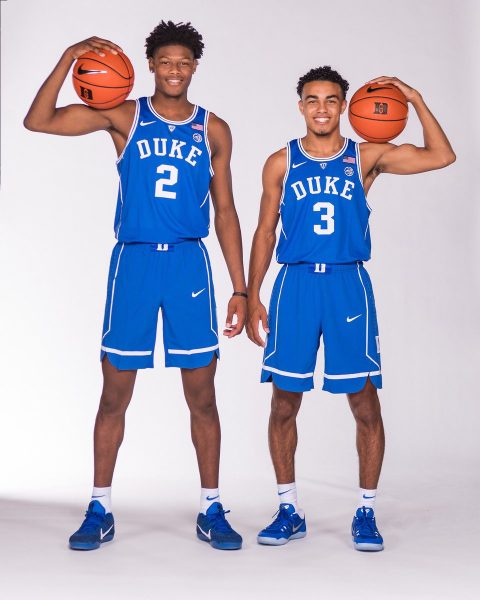
Yoga
Do not hide your passion for yoga - it means that you are in control of yourself and able to cope with stress. Most likely, you are in harmony with yourself and the world around you.
This quality is especially appreciated in candidates for "stressful" positions - account manager, sales representative, HR specialist, press secretary, administrator.
Extreme sports
Skydiving, participating in ultramarathons or mastering mountain biking - feel free to mention your hobby in your resume if you apply for a managerial position.
The recruiter will conclude that you are brave, persistent and able to calculate risks. By the way, these qualities are very necessary in startups.
Video editing
Video filming and video editing is a hobby that characterizes you as a creative person, attentive to details and assiduous.
Let's be honest - if you indicate such a hobby, you will shoot congratulatory videos for all holidays.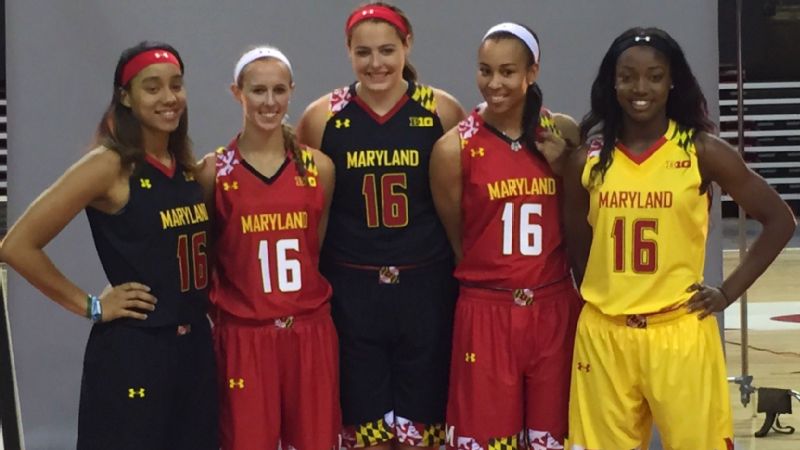 However, for a resume, this is a definite plus.
However, for a resume, this is a definite plus.
Marathon running
Marathon, triathlon, in general, any sport that involves endurance and the ability to calculate strength is definitely a hobby worthy of mention.
Perseverance, patience and the ability to plan are essential for business development directors, account managers and sales staff.
Team sports
If you are good at volleyball, football, basketball or other team game, write it down. In large companies, they organize internal sports competitions - you will be a valuable asset for the team.
In addition, team sport teaches a sense of comradeship - you will work well with colleagues.
Blog
Your blog is worth mentioning in your resume if you are looking for a job in marketing or mass media. However, any expert will benefit from a popular blog.
But only on condition that the blog is regularly updated and does not contain negative or controversial content.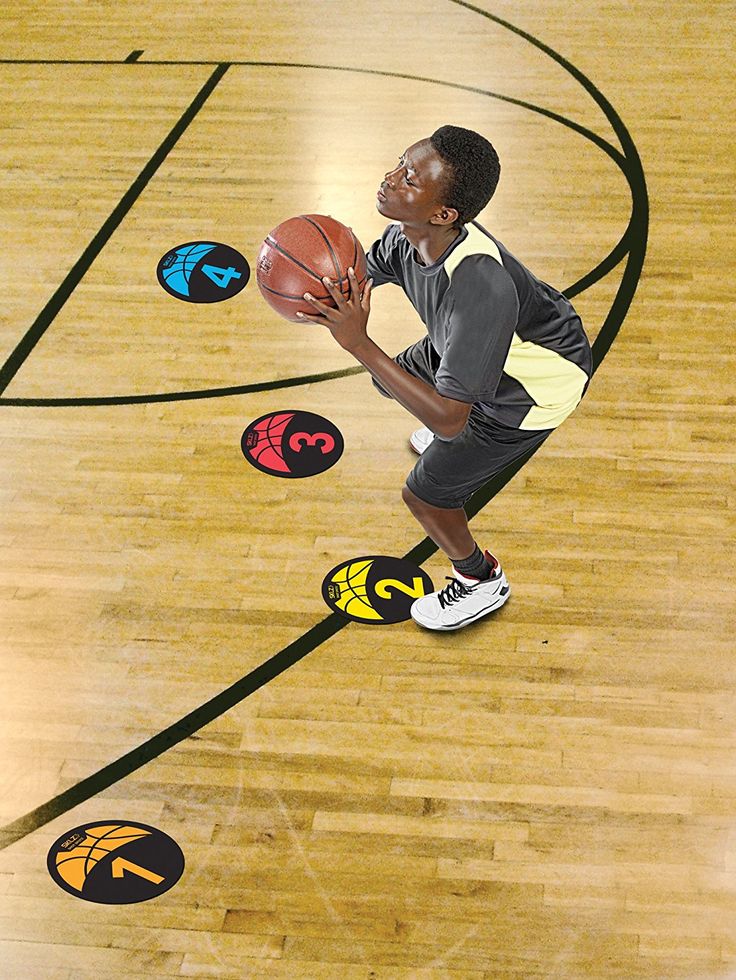
Mountaineering
Passion for mountaineering proves that you are open to new things, courageous and love nature - qualities are valued primarily in the field of tourism.
And a climber also needs organizational skills - this quality is appreciated everywhere.
Gardening
Gardening is a passion for people who can work steadily, even selflessly, tend to conservatism and care about the environment.
If these values coincide with the values of the company, feel free to indicate your hobby in your resume.
Photography
If you are fond of photography, start a website for your masterpieces and give a link to it in your resume. Of course, if any creative profession is indicated in the “Purpose” column of your resume - a designer, SMM specialist, editor, build editor or something similar.
However, good photographers are valued in any team.
Playing musical instruments
If you know any musical instrument, be sure to write about it. The recruiter will be impressed.
The recruiter will be impressed.
Once you have the perseverance and patience to master musical notation, you will definitely cope with work tasks.
eSports
Computer games are a must-have hobby, for example for a game designer or game developer. But if you apply for the position of a manager in an ordinary trading company, it is better not to mention this hobby.
But if you try yourself as a manager of a sports cyber team, this is an interesting experience, you can talk about it.
Exotic Hobby
If you have a rare hobby - martial arts, scent composition or cosplay - this is also a plus. Such a hobby gives a zest to a person.
Take into account the specifics of the company - if, for example, the company puts care for the environment in the first place, hunting or fishing should not be listed as a hobby.
Don't write about this hobby
Oddly enough, recruiters don't recommend reading as a hobby .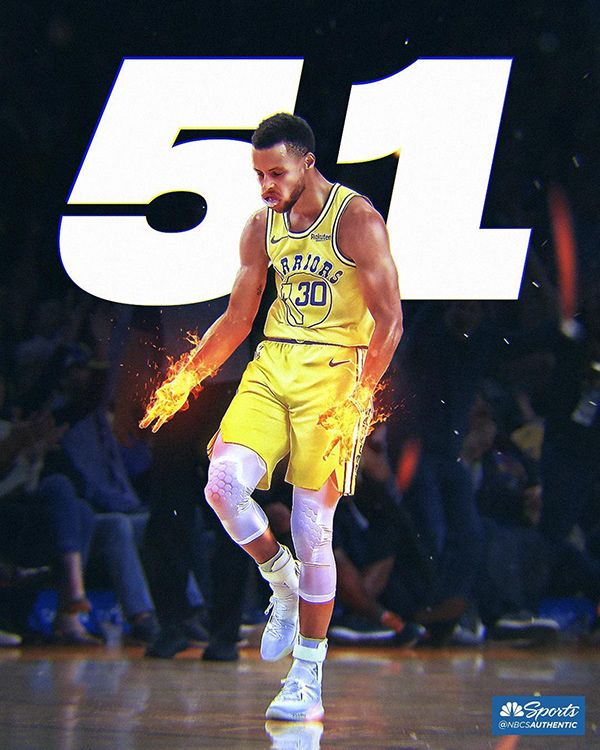
First, everyone writes like that. Secondly, most often it is a lie. Thirdly, reading detective stories does not affect your professionalism or personal qualities.
Lastly, the recruiter may decide that you simply couldn't find anything more original.
How to attract a candidate from the first message
“LOOKING FOR PEOPLE for a dangerous journey. Low pay, icy cold, long months of complete darkness, constant danger, a happy return is doubtful. If successful, honor and fame” - an announcement by Sir Shackleton, who was looking for satellites for an expedition to the South Pole
Tomi Cram "Clients that matter to you"
Clear position description, clear benefits, logical requirements - simple rules for describing a job or a clear initial approach to a candidate.
Whether your candidate will accept the offer depends on the set factors that are difficult to predict: the vacancy came at the wrong time, the candidate is not in the mood to look for a new job, or is now waiting for a bonus, or is not confident in his abilities - that a trial period will pass in another company. .. Everyone has their own reasons for responding to a recruiter's request or ignoring it. But to attract the attention of a candidate, to include them in your network of contacts, even if “not this time”, this is within the power of your first appeal if you do it professionally.
.. Everyone has their own reasons for responding to a recruiter's request or ignoring it. But to attract the attention of a candidate, to include them in your network of contacts, even if “not this time”, this is within the power of your first appeal if you do it professionally.
Professionals are not rude, they are not sent to the block, and even if their offer is not relevant now, they remain in touch with them and keep in touch.
Calling yourself a professional is difficult if you make mistakes in messages, confuse names of candidates, do not pay attention to the stack and the candidate's preferred language of communication. Of course, you should not publish impersonal, stamped vacancies and appeals in the spirit of “We are looking for a Java developer, are you interested in offers?”. But even knowing this, we make mistakes. Why? Because we depend on our KPIs, the customer’s deadlines, on the question “Where are the people ?!” or when we are threatened with redundancies for “non-engagement” or “inactivity”.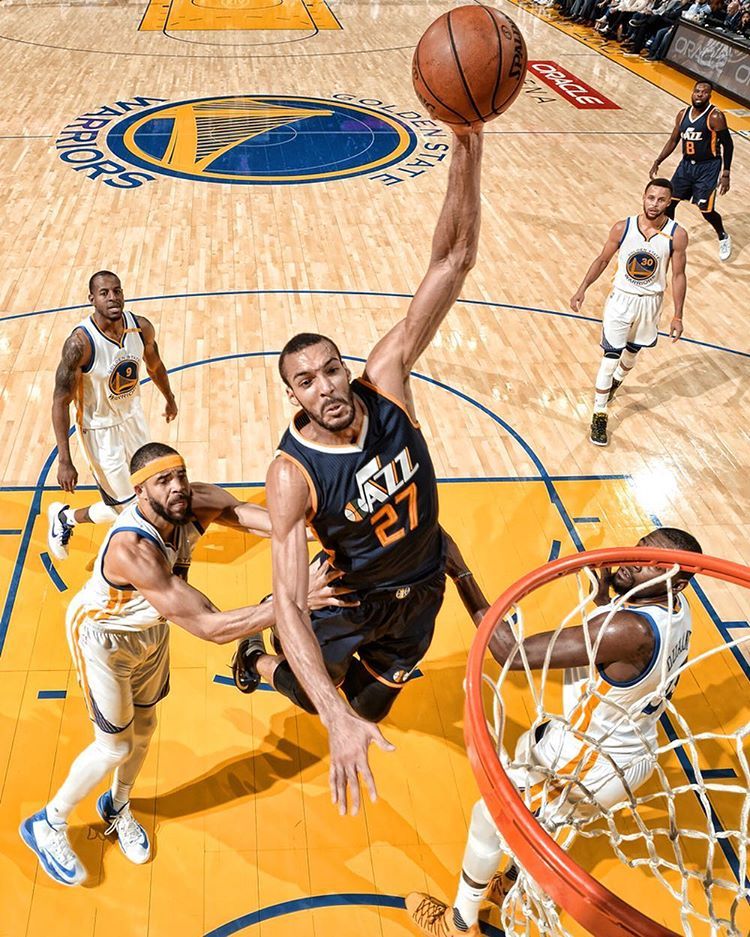
As a rule, we work with several vacancies at the same time: an active recruiter sends more than 20 requests per day and processes about six vacancies per week. Our KPIs and customers demand quick job closures, so companies create application and job templates and send them to candidates. Add to this the same type of advice from various courses and we get a general format approach, due to which candidates receive a lot of the same type of uninteresting calls a week. They do not understand them, do not correspond to their interests, the stack of technologies, and sometimes confuse them with their assertiveness. Therefore, a professional approach is needed here. I propose to make a list of recommendations that will allow you to get a response from the candidate, or at least not go into spam.
Recruiting often uses the same techniques as advertising. Try to understand your audience when writing a vacancy, indicate the information that is of interest to them, and adhere to modern rules of business communication.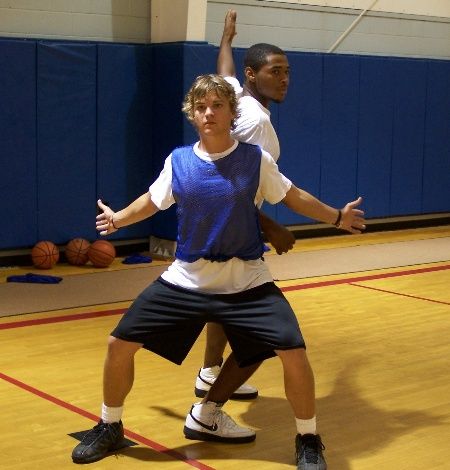
Subject of your message
Whatever working tool you use, be it e-mail or personal account on hh, always clearly indicate the subject of your message. Of course, not in the spirit of “Read and answer me”, “A unique offer from PE Matreshkino”, but concisely and informatively: “Teamlead position in Tesla”, “Netflix administrative assistant in LA”, etc.
Greeting
When communicating in English, recruiters or candidates often begin with “Hi”, while if you write in a language where “Hi” is used for informal communication, it is better to start a dialogue with a candidate with “Good afternoon” ( only not “Good day”!), “Greetings”, the standard “Hello” and without exclamation marks.
Addressing “you” or “you”
The fierce struggle in the world of IT recruitment, where every hour can be decisive, has led recruiters to prefer instant messengers, as a quick and convenient form of communication, to email. Communication in the messenger involves more informal communication, so recruiters are increasingly turning to candidates as “you”.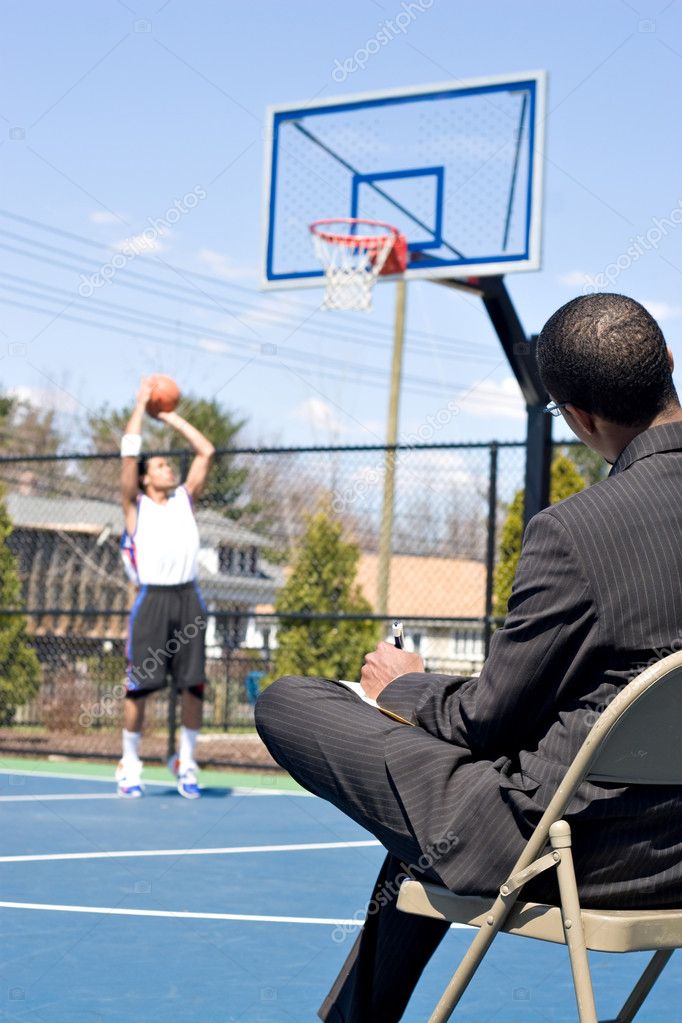 The same appeal can be seen in job descriptions.
The same appeal can be seen in job descriptions.
If the language in which you write has different forms of politeness and the personal pronoun “You” (as in Russian, Ukrainian, Czech), then in a personal address it is better to start with it. Consider the culture and language in which you communicate.
If the vacancy is aimed at attracting young professionals, the corporate culture of the company is free, everyone communicates with “you”, there is little bureaucracy, then applying to vacancies with “you” is quite acceptable. And, yes, it is increasingly being used in describing professions such as IT, sales manager, SMM, SEO, PPC, while for vacancies in more classic areas of activity (finance, administrative positions, HR), it is better to keep the appeal to “You”.
Subscribe to HR and Recruiters Newsletter! Be trendy with Hurma 😉
Thank you!
You are subscribed!
Language of application or vacancy
Post a job and write to candidates in a language that is required and/or spoken by the company.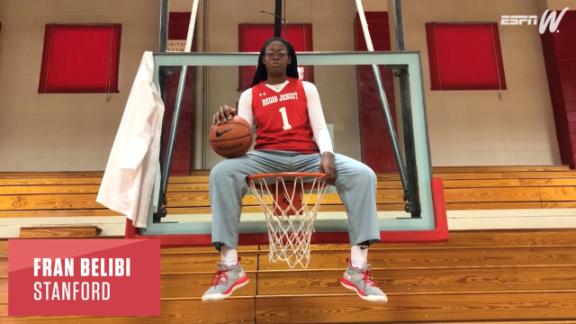 In Europe, we observe the following mix: a vacancy is published in the state language and in English at the same time. Basically, all vacancies in IT are written in English, vacancies that involve working in a foreign company or conducting foreign economic activity.
In Europe, we observe the following mix: a vacancy is published in the state language and in English at the same time. Basically, all vacancies in IT are written in English, vacancies that involve working in a foreign company or conducting foreign economic activity.
A much more subtle question is what language to address the candidate in. A lot of spears have been broken around the appeal to candidates from the CIS countries, Russia, Ukraine and Georgia. Universal advice: contact in English, and then check what language is convenient to communicate in. Another option is to see which languages the candidate lists in their profile and apply in one of them.
Structure and content
Depending on where the vacancy is posted, the structure may change. It is also influenced by what you wanted to focus on - it can be the name of the company or a special bonus (for example, ensuring relocation to country N).
Expect a good response to vacancies where the project is clearly described and the scope of the company is clear (rather than cryptic definitions like “international company” or “successful online project”).
When describing a vacancy in a social network , excessive storytelling is useless. Think about your applicant's newsfeed: the description should be concise and to the point backed up by a bright/interesting/funny picture.
Do not forget about usefulness: a well-written vacancy is one where it is clear what and under what conditions the candidate will have to do, as well as what opportunities the company provides.
Longreads look sad too. Therefore, never post a detailed job description in a post.
Description of the vacancy on the site with vacancies or on the company's website, as well as the job brief sent to the candidate, already contains more information about the company / project itself, requirements for the candidate, benefits, reasons for opening the vacancy, main tasks, hierarchy in the department, number of people in a team.
“We offer...”
Place this item before the requirements, right after the project description and main tasks.
Personally, I like strawberries with cream, but for some reason fish prefer worms. That's why when I go fishing, I don't think about what I love, but about what the fish loves.
Dale Carnegie
Describing this item, think about your “fish” 🙂
A few tips for individual positions:
- the technology stack of the project, its stage, the personality/professionalism of the team lead or the team, the opportunity to learn at the expense of the company, attitude to time tracking.
- In the job description for B2B sellers, it is important to indicate the possibility and availability of business trips, participation in industrial events, information about the reputation of the product, the cycle and speed of closing deals, the amount of bonuses.
- In the job description for a top manager, information about the size of the team, the level of independence in decision-making, the vision of the shareholder or owner on the development strategy will be useful.
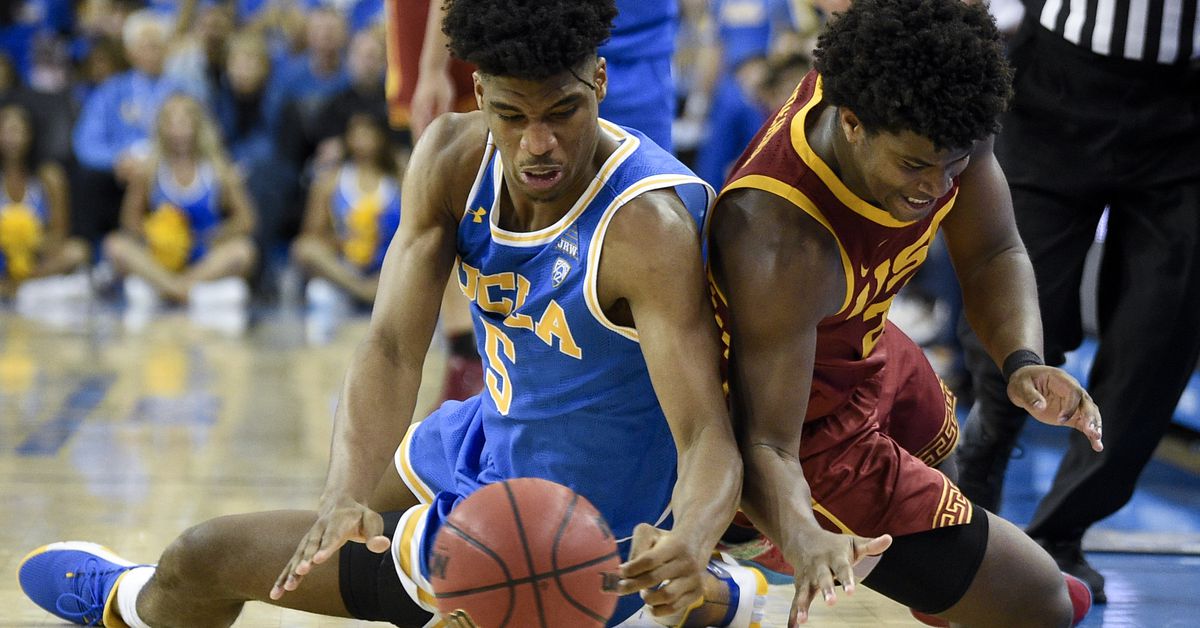
Job description discrimination
An injustice committed against one person is a threat to all
Charles Montesquieu
Do not allow any discrimination (gender, age, nationality, zodiac sign, etc.) in the job description. Firstly, most often it is prohibited by law, and secondly, by professional ethics. Thirdly, the self-consciousness of modern man should signal that this is wrong.
But what if the customer or the hiring manager has such a requirement? Then we turn to the basics of the psychology of advertising.
Looking for girls? Look for how experienced advertisers design advertisements for women - what colors and words they choose in the description.
Looking for young people? Pay attention to youth brands, use digital solutions in recruitment and workflow organization (for example, the ability to work remotely and from any type of device (PC, tablet or mobile phone), flexible schedule or flexible start of the day).
Want to attract more mature professionals? Tell us about a stable fixed salary, medical insurance, show a photo of the office, not gaming areas.
Call to action
Recruitment is sales, while job description is a commercial offer. Add a call for further communication at the end, such as “Write us” or “Learn more”.
Recruiters and HR managers note that the conversion of responses to vacancies, both in social networks and on job sites, is becoming less or is represented by irrelevant responses. Therefore, the skill of a recruiter is to find a candidate on their own. And it is precisely this - active search - that professionals do, so it’s right to turn to them. Of course, the first contact plays a special role. We urge candidates to respect the time of candidates and communicate correctly and professionally.
Author of the article:
Marina Zapolskaya — General Manager of Talentgrator. More than 17 years in recruiting with a focus on IT and fintech.